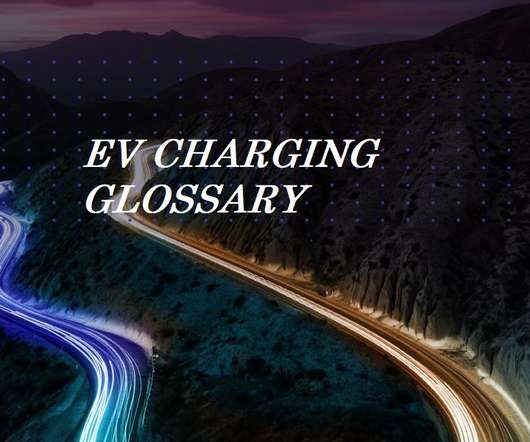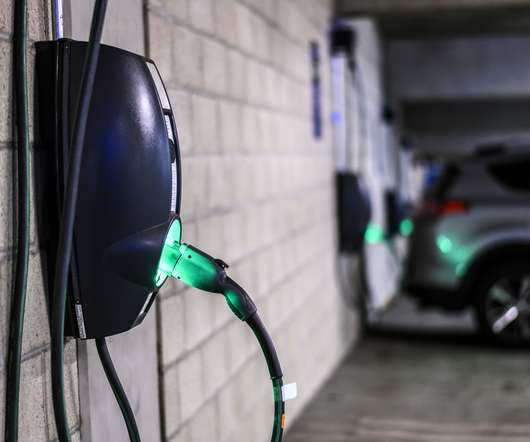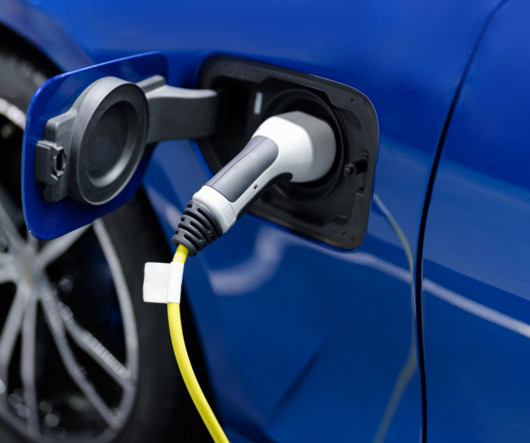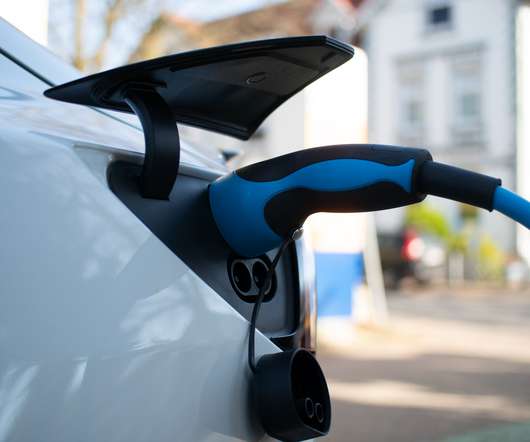What is Decarbonization?
Driivz
JUNE 22, 2022
Decarbonization (or decarbonisation) is reducing the amount of carbon dioxide (CO2) released into the atmosphere as a component of greenhouse gas (GHG) emissions. Given the growth in transportation and demand for passenger cars, the per-vehicle decarbonization targets will need to be even larger.











Let's personalize your content